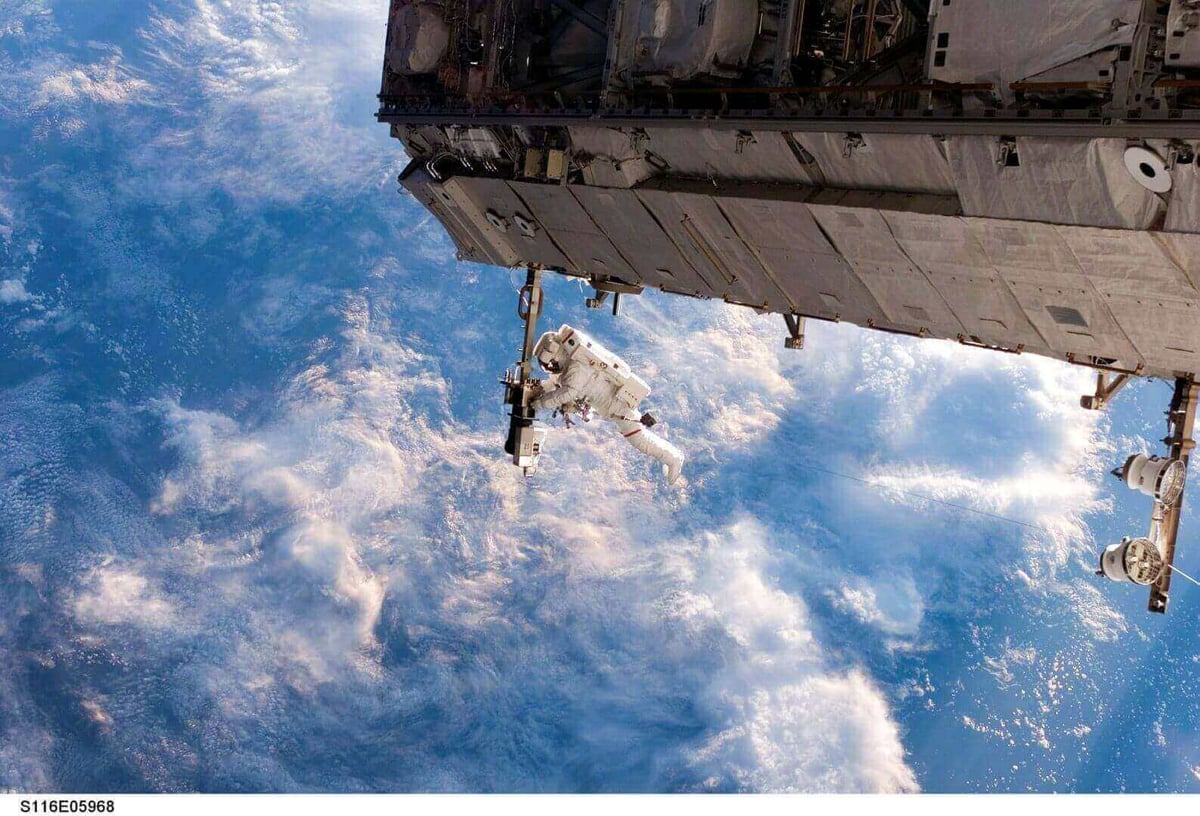Researchers are working on a way to turn human waste into usable substances, including omega-3 fatty acids and plastics.
Would you eat food which had been produced using your own urine? How about 3D printing parts for your home with plastic made from your breath?
As far fetches as it sounds, this could become the reality for astronauts in the future – especially on long-distance flights. In fact, researchers are working on a way to harness human waste in space to save room on long journeys.
The idea was presented at the annual conference of the American Chemical Society. The project is predominantly focusing on ways to feed various strains of a yeast, called Yarrowia lipolytica, with human urine.
Mark Blenner is a synthetic biologist from Clemson University in South Carolina and is leading the research. He said:
“Astronauts will need to be able to produce nutrients and materials they need during Earth-independent long-term space travel… They simply don’t have the space to transport all possible needs – and certain nutrients, drugs, and materials can degrade over the course of three-plus year mission.”
3D Printing with Human Waste
The way it works is for urea in urine to provide yeast with nitrogen. The yeast also needs carbon, which is supplied by algae. With both components, the yeast can produce many different substances, including omega-3 fatty acids and even plastics. The latter can be used to create filament for 3D printers, which are becoming more commonplace in space.
The International Space Station already has a 3D printer on board, so hopefully one day, the astronauts on board will be able to produce everything from tools to replacement parts using the recycled plastics.
Blenner adds that yeast itself takes up such little space on board and is very low-mass. He also explains that different strains of yeast can offer different products thanks to synthetic biology capabilities.
The team is making great progress with this project, according to Blenner, and won funding from Nasa in 2015. However, there is still some way to go.
Blenner explains: “As far as products, we have demonstrated the proof of principle and can produce polyester plastics, but this work is still preliminary. We are not making large enough quantities for practical application yet.”
Source: The Guardian

License: The text of "Astronauts Mix Recycled Urine with Yeast to Create 3D Printing Filament" by All3DP is licensed under a Creative Commons Attribution 4.0 International License.